I’m pretty sure you will all agree with me if I describe humans as social beings. We are all part of a society with members who are interdependent. This dependency extends from the food we eat, the clothes we wear and all the other services we rely on.
Even though we often like believing that we are independent, we realize that it is just an illusion, when we fall into situations, we can’t do anything about! In such periods we often look up to people who can handle these situations better than us – the first responders.
Getting to know our heroes- the first responders
Can you, for a moment, imagine the usual route to your office? Walking past the usual signboard, your eyes fall on that random object, and on looking closer, you realize that it’s a person! What will you do? Obviously, you will call an ambulance or 911, isn’t it? That’s how confident we are in our heroes – the first responders. We are pretty sure that they will be quick in reaching the emergency spot and will save the life of the person in need.
According to U.S. Homeland Security Presidential Directive,
The term ‘‘first responder’’ refers to those individuals who in the early stages of an incident are responsible for the protection and preservation of life, property, evidence, and the environment, including emergency response providers
What are the tools that first responders need?
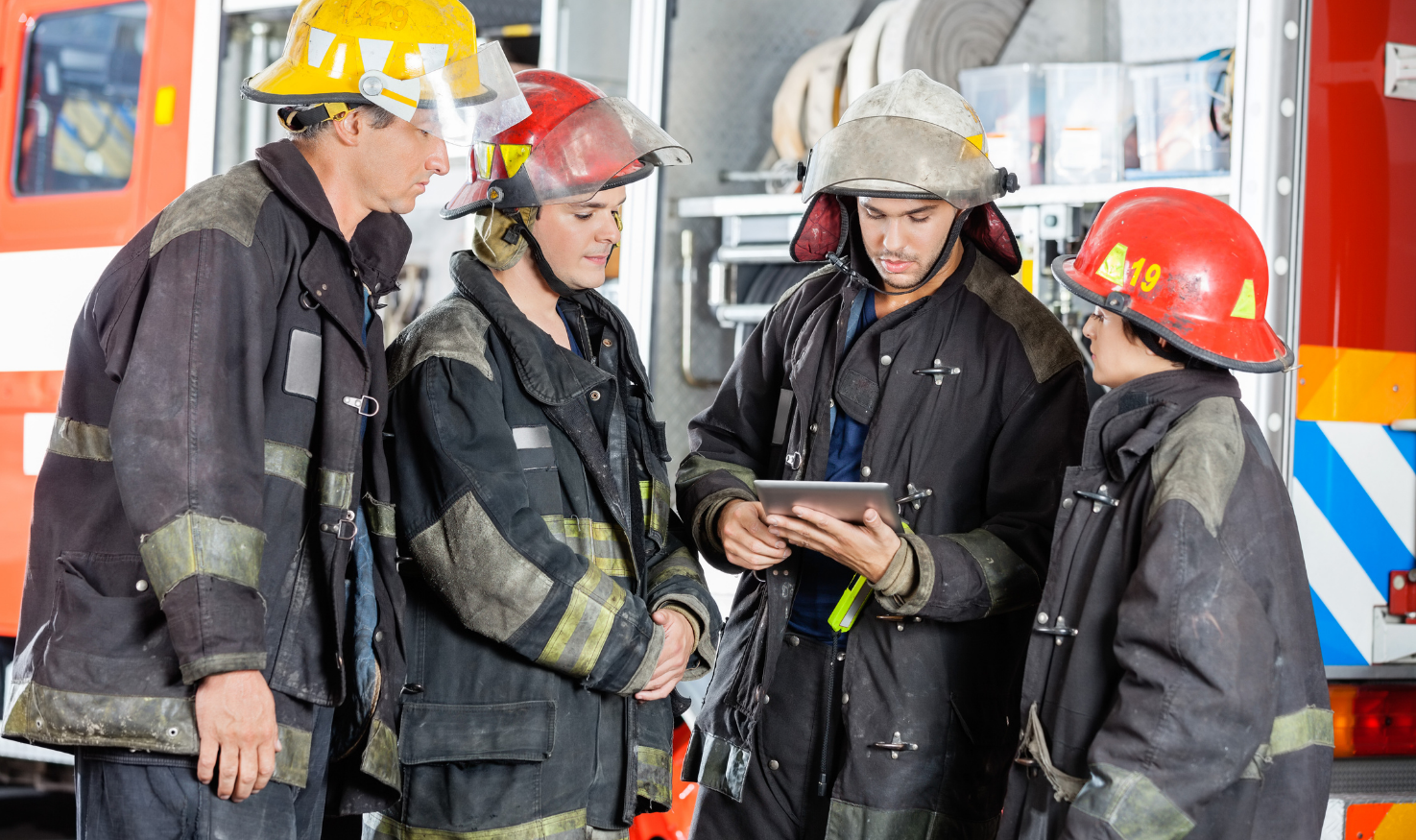
First responders often need to work in situations that can be life-threatening. So, it is indeed our responsibility to ensure that these selfless warriors of ours are taken care of. With technology on the rise, it’s possible to add many such features like location tracking, GPS, etc. Into devices like smartphones or tablets. But there is also another challenge here, the harsh conditions they work in are not always favorable for smartphones and tablets. They need devices like smartphones, tablets, routers, modems, wearables, etc. which are also capable of resisting impact, unexpected drop or water penetration.
What makes rugged devices the best choice?
Rugged devices are designed to work in harsh conditions. Being part of the emergency services, they often find themselves in a wide range of situations. It can range from firefighting, emergency medical services to rescue operations in coastguards or even mountains, often involving unexpected events and high-stress levels. These conditions demand devices with greater capabilities over commonly used commercial smartphones.
A closer analysis
First responders play a vital role in ensuring the safety of our citizens. It would be really hard to imagine a society without their aura of protection around us. Let’s have a closer look at their functioning.
Firefighters

Firefighters work in risky environments. We often hear about instances of firefighters being injured during rescue operations. This is primarily due to the lack of protective equipment. We can ensure that they work normally even in such complex environments by adopting smart devices and other equipment. These devices can give them a clearer picture of the challenges, helping them prepare for them well in advance.
There is no doubt regarding what device type must be used in such situations. Obviously, rugged devices are the best choice here. These devices designed for challenging environments, capable of withstanding drops, submersion in water and even extreme temperatures, are preferred over consumer-grade devices even if we add heavy-duty cases adding shock resistance to them.Emergency medical services (EMS)
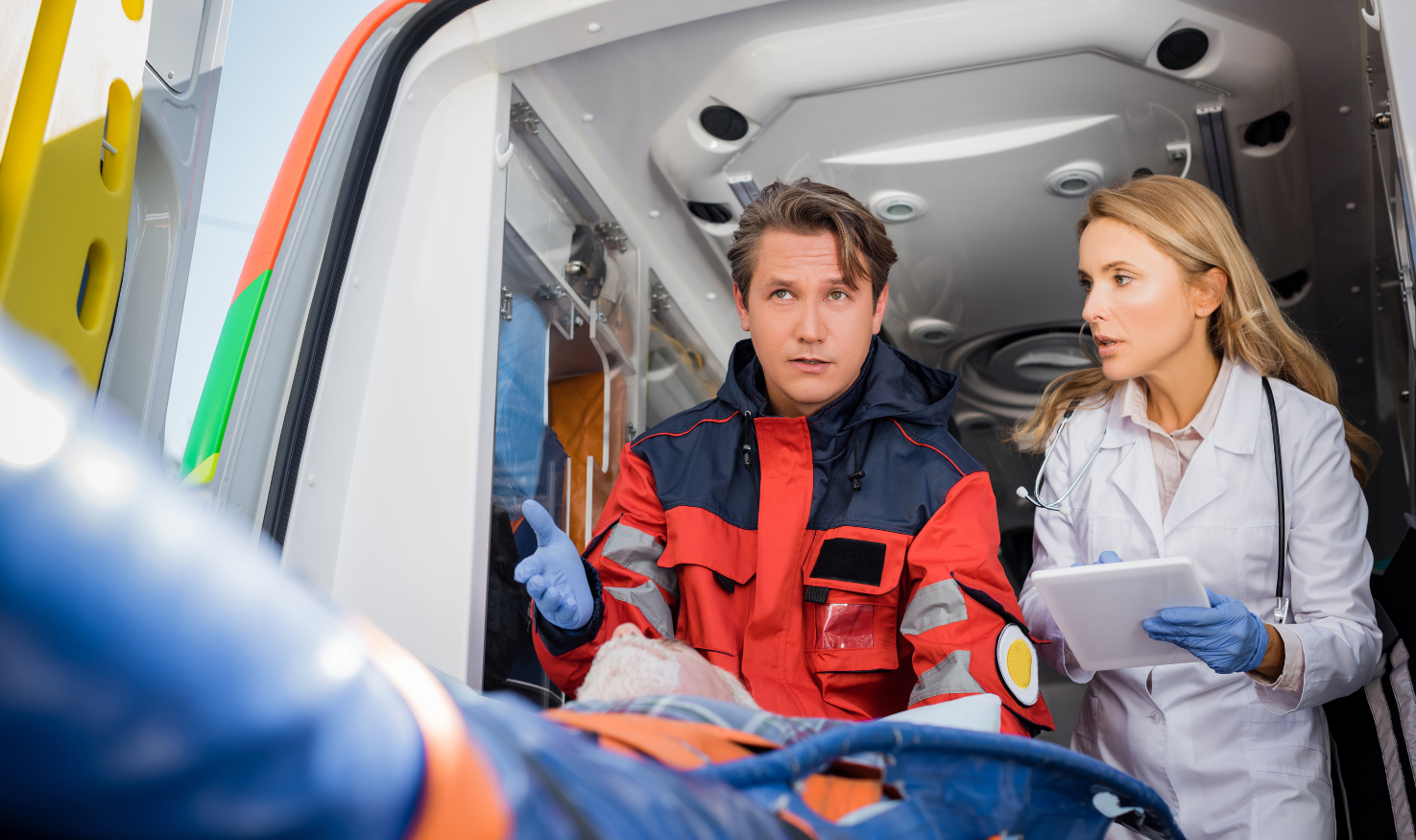
Emergency Medical Services (EMS) refers to the system providing emergency medical care to patients. It involves a chain of processes activated by incidents causing severe illness or injury. Their prime focus is the emergency medical care of patients. These chains of events involve everything from the emergency medical care of patients with illness and injuries out of the hospital to transporting them to definitive care.
Considering the critical nature of the situation, the ambulance team should have the ability to act fast, have dedicated equipment and professional skills and should also be able to handle any unexpected situation that they encounter with ease.
Rugged devices become the preferred choice here as they are engineered to tolerate the harshest of situations. During emergency care, we need such devices as downtime is not at all among the list of emergencies we would want to face.
Law enforcement

It comprises the agencies and the employees responsible for providing the first response to emergencies and other threats to public safety. They play a pivotal role in maintaining public order and public safety. They are involved in the investigation, apprehension and detention of individuals suspected of criminal activities. Being responsible for a lot of activities, from helping victims calling out for help to making complaints and enforcing the law and preventing their violation, they have a lot of issues to attend to. So, by using the latest technology, we can ensure that they work efficiently and are well-equipped to face all the threats they may encounter.
Rugged devices have made things easier for law enforcement. The ability to deliver high-level data coupled with communication functions even under challenging environments makes them suitable for their demanding job profile.
Emergency management

Emergencies can come in different forms. The most common emergencies are usually weather-related or the results of geological events with impacts that may or may not be localized. Well, emergencies are not just restricted to natural disasters like thunderstorms, flood or earthquake; it extends to man-made hazards, including hazardous material releases, acts of terrorism, or nuclear accidents. So, in order to face this diverse set of challenges, the first responders should have all the necessary tools at their disposal.
Rugged devices that ensure accurate tracking of victims can help reduce the number of causalities even in the toughest of situations. The other aspect where rugged devices are finding applications is in the post-disaster period. It helps in keeping track of the people, resources and other equipment.
Why are devices alone not sufficient?

Normalizing the use of rugged devices by first responders is definitely a great move in helping them respond better to emergencies. But, like any smart device, there are challenges associated with this implementation, which, if taken lightly, can make things even worse. You need to ensure that all your devices are functioning in a way that is efficient as well as secure. For this you should have efficient mechanisms that cover the entire process; from device onboarding, security, data management to real-time location tracking, to ensure that the whole process is running smoothly. With Hexnode’s UEM you can manage all your device aspects from a single console. Let’s have a brief overview:
Easier enrollment
Device enrollment is the first step in the process that changes our endpoints from mere devices to managed devices. The easier the process, the better, isn’t it? With Hexnode’s easy enrollment methods you can enroll all your devices without any trouble. Some of the enrollment methods include:
Enhanced security
Security is one of the key aspects in any enterprise. In this period of uninterrupted internet connectivity, a proper security framework is vital in ensuring that your enterprise data is inaccessible to any potential intruder. Some of these features include:
Endpoint management
Hexnode’s UEM is an all-in-one platform that helps you manage most of the device aspects from a single console. It includes:
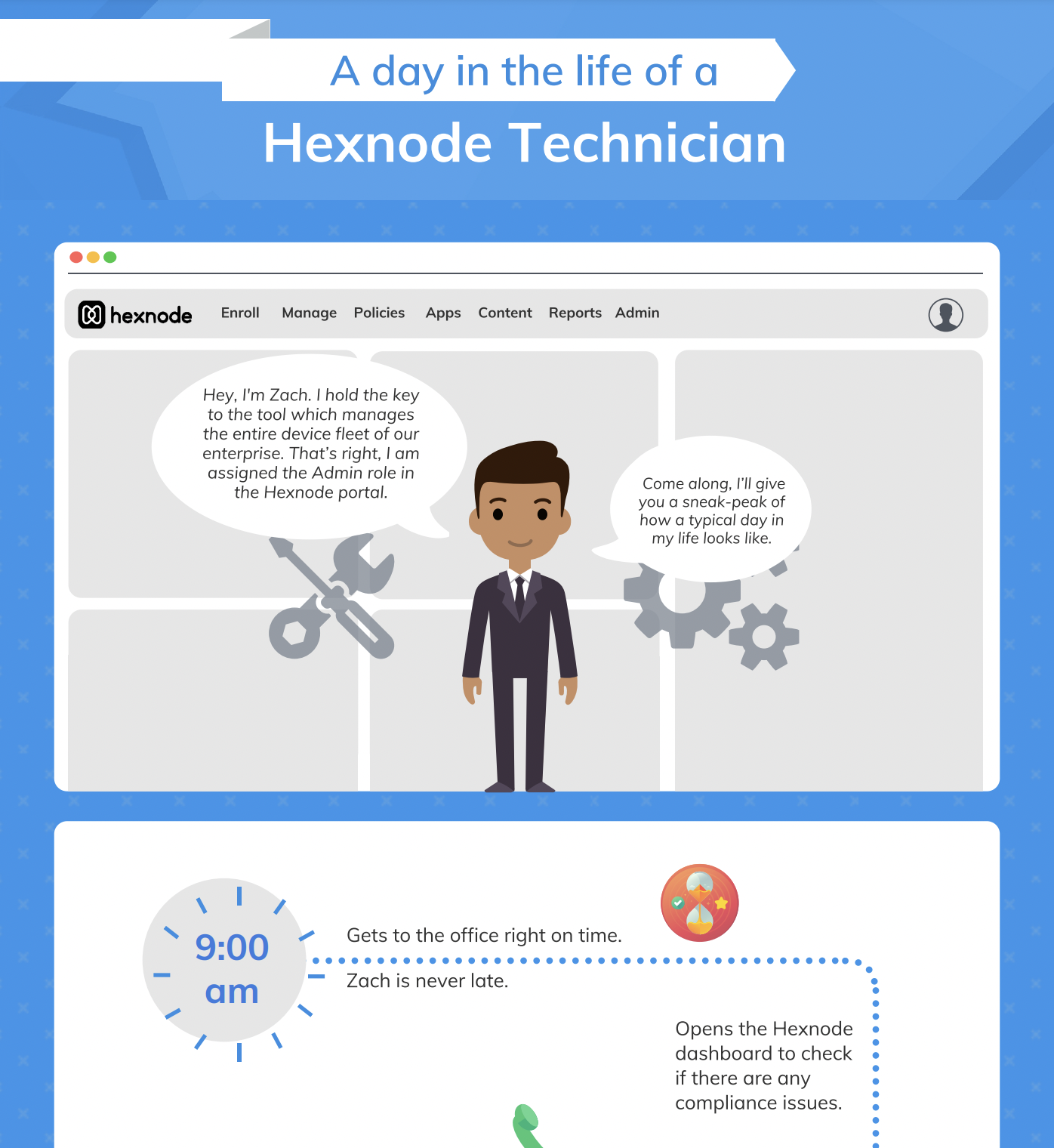
Featured resource
A day in the life of a Hexnode technician
Chance a glance at the life of Zach a Hexnode empowered technician at his organization.
Download pdfRemote commands
Sometimes we face situations where we need to remotely manage certain device aspects. By pushing commands remotely, you can ensure that these immediate requirements are implemented almost instantaneously. Some of them include:
Conclusion
Rugged devices are indeed the best fit for first responders considering the criticality of the situations and the harsh climatic conditions they are often exposed to. However, making these devices a part of your enterprise alone is not sufficient; you need efficient solutions to ensure that your devices and your data are protected even if it falls into unsafe hands. Hexnode’s UEM makes the whole process of rugged device management easier, thus ensuring that the first responders are actually responding to emergencies and not wasting their valuable time worrying about the safety of their rugged devices.
Struggling with rugged device management?
Sign up for a 14-day free trial and explore Hexnode UEM's rugged device management capabilities.
SIGN UP NOW!
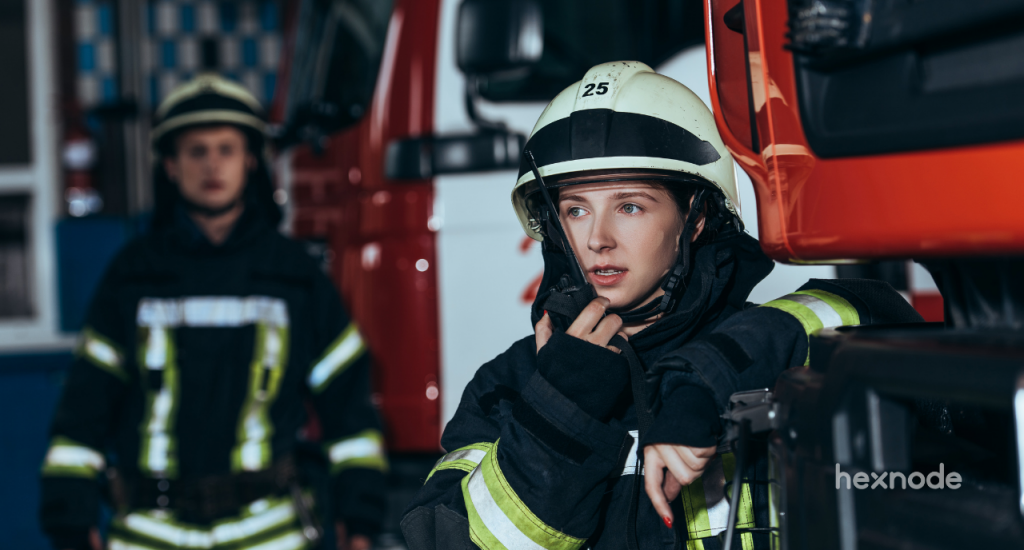


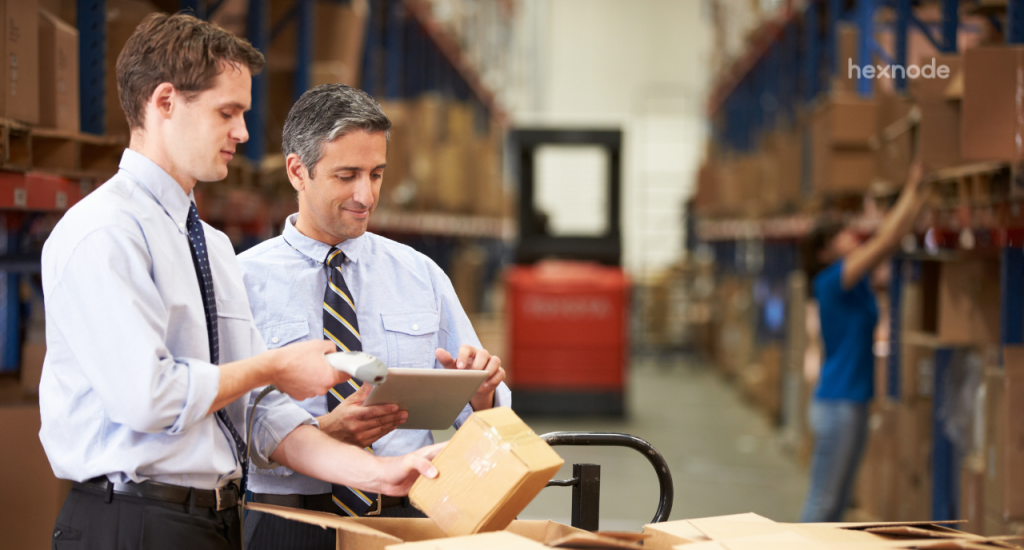
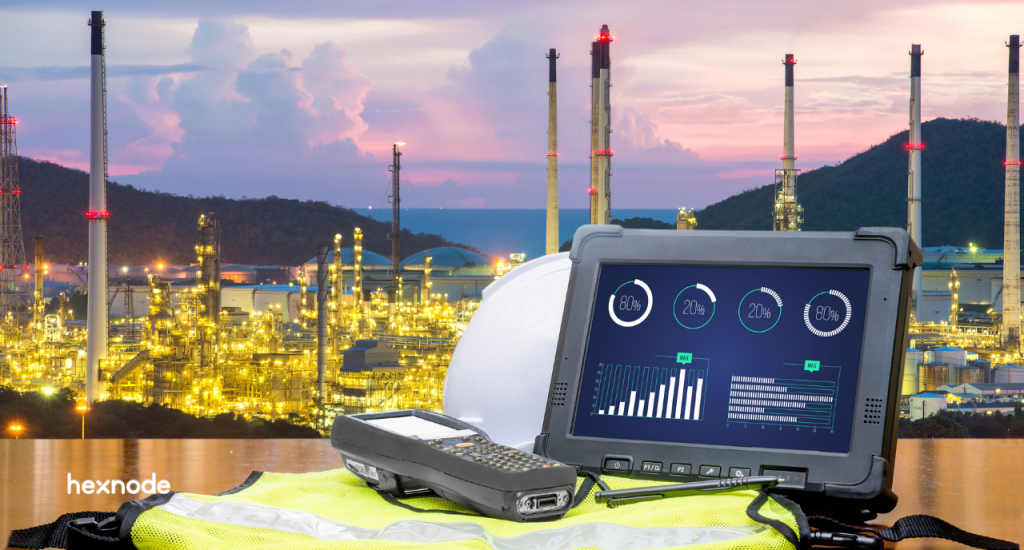
![[Infographic] Empower your mobile workforce with the feature-rich Hexnode MDM solution](https://cdn.hexnode.com/blogs/wp-content/uploads/2020/10/MDM-solution-1024x683.jpeg?format=webp)